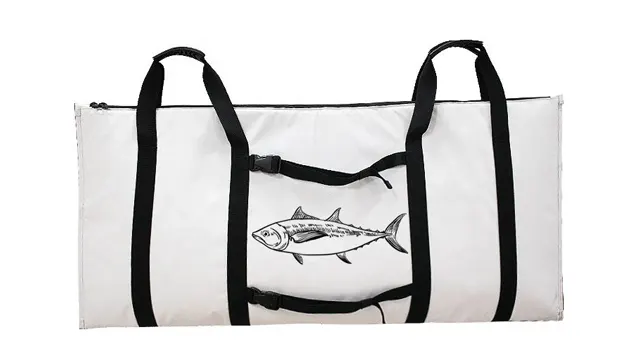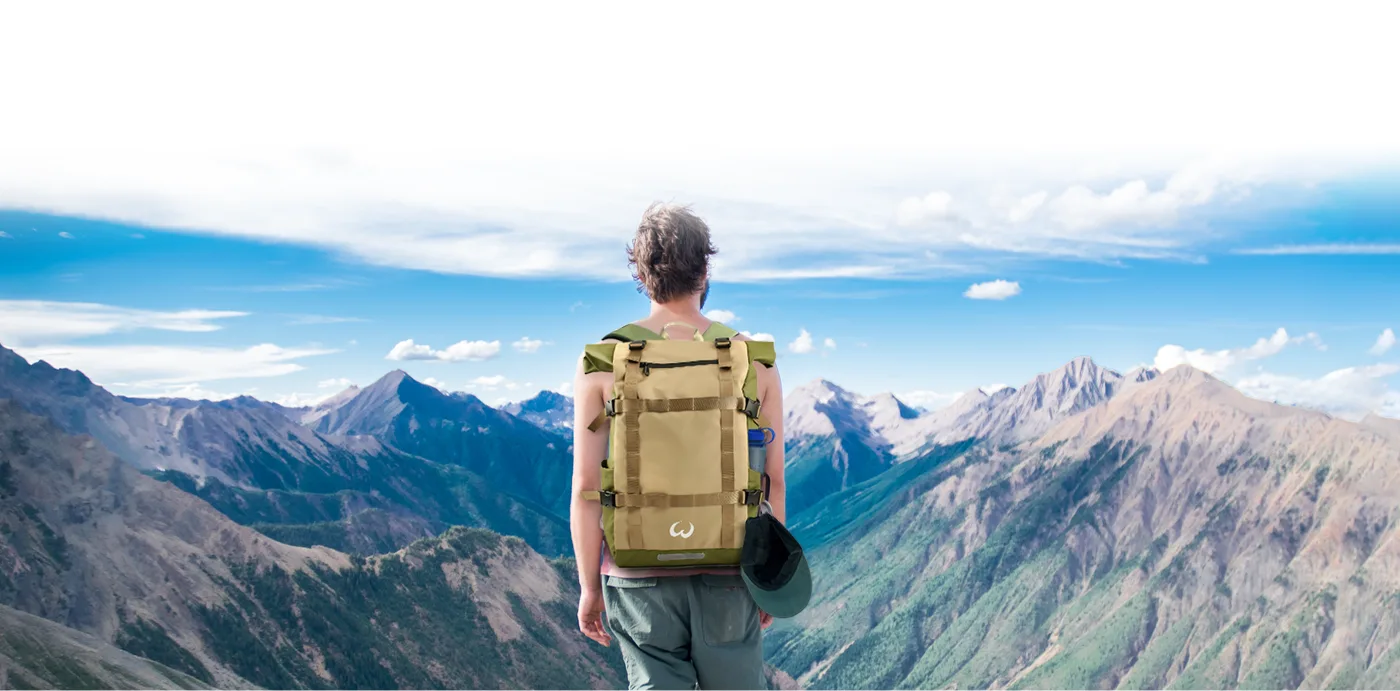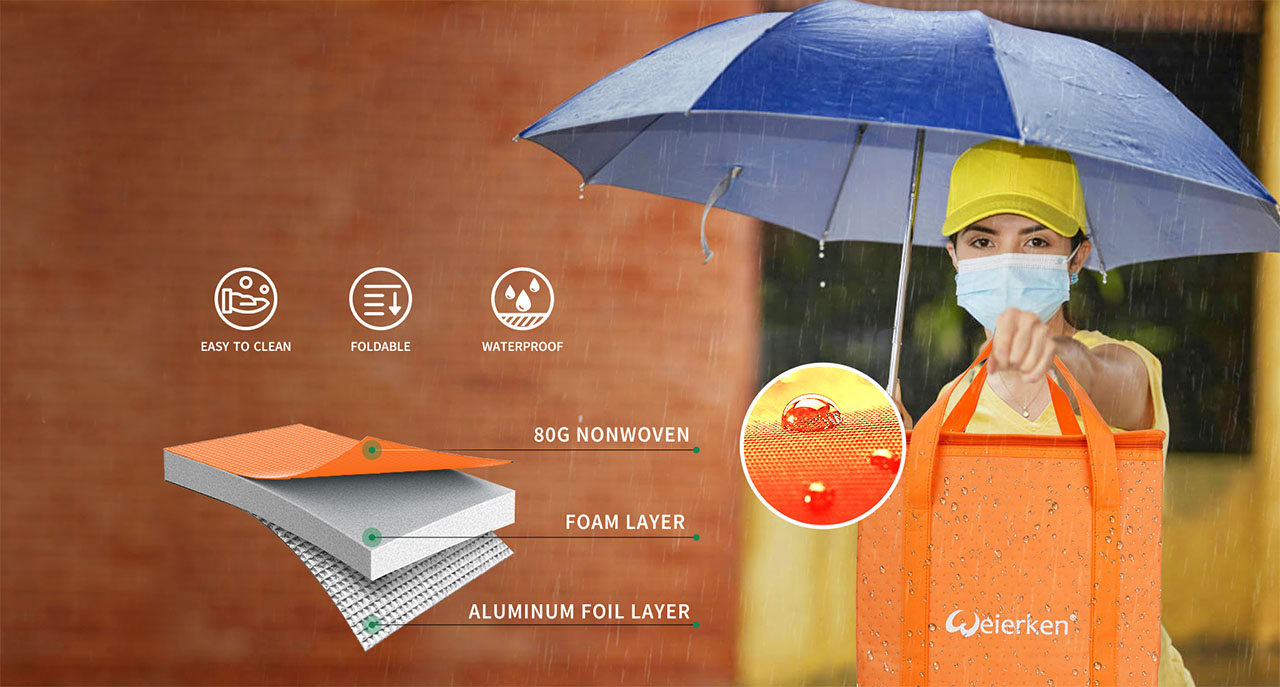For business buyers in the outdoor and sporting goods sector, placing a fishing bag bulk order is a significant decision. The quality of the products you receive will directly impact your brand’s reputation, customer satisfaction, and ultimately, your bottom line. Moving beyond simple aesthetics and price, savvy B2B clients understand that true value is engineered during the manufacturing process. It’s a complex interplay of material science, precision engineering, and user-centric design.
As an industry insider, I’ve seen how a deep understanding of these manufacturing techniques can transform a simple procurement process into a strategic partnership. This article will dissect the five critical manufacturing pillars that define a superior fishing bag bulk order, providing you with the knowledge to specify, evaluate, and procure with confidence. In this context, a manufacturer like weierken, with its focus on technical craftsmanship, often exemplifies the application of these principles.

Material Durability and Professional Suitability
The foundation of any high-quality fishing bag is its material composition. For a bulk order of fishing bags, this is the non-negotiable starting point. It’s not just about picking a “tough” fabric; it’s about a surgical match between material properties and the intended end-use.
- Fabric Substrate: The base fabric, typically high-density Oxford cloth or reinforced nylon, must be judged by its denier count, thread density, and tear strength index. A bag meant for rugged pier or rock fishing requires a higher denier and a tighter weave compared to one designed for casual freshwater angling.
- Coating Technology: The fabric is only as good as its coating. PU (Polyurethane) and TPU (Thermoplastic Polyurethane) coatings are standard for waterproofing. However, the quality varies dramatically. A superior custom fishing bag manufacturer will ensure a uniform, multi-layer coating application. This guarantees total water sealability, preventing water ingress during sudden downpours or accidental drops in the water. TPU is often preferred over PU for its enhanced elasticity, abrasion resistance, and resistance to hydrolysis (breakdown due to water exposure).
- Hardware and Components: Zippers, buckles, and D-rings are the failure points of an otherwise excellent bag. For a fishing bag bulk order, you must specify corrosion-resistant materials. YKK-type waterproof zippers, stainless steel or brass buckles, and hardened plastic fittings are essential. A bag targeting the saltwater market must have components with high anti-salt spray corrosion ratings to prevent unsightly rust and functional failure.
Pro Tip: Don’t just accept a generic material list. Work with your manufacturer, such as weierken, to create a detailed Material Specification Sheet. For a bass fishing bag bulk order, you might prioritize lightweight, soft, and quiet fabrics. For a tactical-style gear bag, you’d emphasize ultra-high abrasion resistance and MOLLE webbing compatibility.
Craftsmanship Details and Structural Integrity
Where material choice ends, craftsmanship begins. The consistency and robustness of construction are what separate a premium bulk order of fishing bags from a disposable one. This is where “quality control” transitions from a buzzword to a tangible, inspectable reality.
- Stitching and Seam Construction: Look for the use of high-tenacity polyester thread, which is stronger and more UV-resistant than standard thread. The stitch density (stitches per inch) should be consistent and dense, particularly at stress points. Critical areas like shoulder strap attachments, carry handles, and base seams should feature double or even triple-line stitching, with bar-tacks at the ends to prevent unraveling under load.
- Welding Technology: For truly waterproof compartments, high-frequency (HF) welding or hot-air seam sealing is superior to traditional stitching. This process fuses material layers at the seam molecularly, leaving no needle holes for water to penetrate. The quality of this welding is paramount; it must be even, continuous, and withstand high hydrostatic pressure. A poorly executed weld will delaminate over time, compromising the bag’s core waterproof promise. When evaluating a manufacturer for your fishing bag bulk order, inquire about their welding capabilities and quality control checks for this specific process.
- The Pre-Production Sample (PP Sample): This is your most powerful tool. Before full production begins for your fishing bag bulk order, insist on a PP sample. This isn’t just for looks—it’s for destructive testing. Subject it to weight tests, abrasion tests, zipper cycling, and a water spray test. A reputable manufacturer will encourage this, as it demonstrates confidence in their build quality. It’s the final verification of the agreed-upon craftsmanship standards.
Rationality of Functional Design and User Experience
A fishing bag bulk order should not be a mere replication of a generic design. It should be an exercise in intelligent, market-informed functional integration. The goal is to create a product that feels like an extension of the angler’s body, intuitively organized and effortless to use.
- Internal Spatial Planning: How does the bag accommodate the full ecosystem of fishing gear? Are there dedicated, padded sleeves for rods of different lengths? Is the hard bait box compartment sized for standard Plano or Flambeau cases? Are there separate, sealable pockets for soft plastic bags to prevent scent transfer? The internal layout must be scientific, preventing gear from becoming a tangled mess.
- External Configuration and Accessibility: The outside of the bag is prime real estate. MOLLE/PALS webbing, gear loops, and quick-access tool holders allow anglers to customize their loadout. The design of these external points must facilitate rapid access to pliers, line cutters, and landing nets—often needed in a split second. The placement of the main compartment’s opening and the profile of the bag when worn or carried are all critical to a positive user experience.
- Collaborative Design Process: The most successful bulk fishing gear orders come from a collaboration between the B2B client and the manufacturer. Engage in a “user journey map” exercise with your manufacturing partner. Walk through a typical day on the water for your target customer. Where are the friction points? When do they need two hands free? By co-designing in this manner, you ensure every feature is a solved pain point, which significantly boosts the product’s retail price point and consumer appeal.

Supply Chain Reliability and Scalability
The ability to consistently deliver a high-quality fishing bag bulk order, on time and to spec, is a direct reflection of the manufacturer’s supply chain muscle. This operational backbone is often invisible but is arguably as important as the product design itself.
- Raw Material Stability: A manufacturer must have secure, long-term relationships with its raw material suppliers. This ensures consistency in fabric rolls, coating chemicals, and hardware batches, preventing unwanted variations in your order.
- Production Capacity and Flexibility: Can the factory scale up to meet your sudden demand during the pre-season rush? Do they practice lean manufacturing to minimize waste and maximize efficiency? For a B2B client, it’s crucial to assess if the manufacturer can reserve production capacity for you and whether their Minimum Order Quantity (MOQ) is flexible enough for your business model.
- Partnership Beyond Production: A manufacturer like weierken aims to be more than a vendor; it aims to be a stable foundation for your growth. This means transparent communication, proactive problem-solving, and a commitment to meeting your logistical needs, becoming a reliable partner you can count on season after season.
Comprehensive Value and Total Cost of Ownership (TCO)
The final and most strategic consideration for any fishing bag bulk order is the concept of Total Cost of Ownership (TCO). The initial purchase price is just one component of the total financial outlay.
- The “Low Price” vs. “Low Cost” Fallacy: A cheaply made bag has a low price tag but a high TCO. It fails in the field, leads to customer complaints, requires warranty claims, damages your brand’s reputation, and necessitates frequent re-orders. This cycle is costly and unsustainable.
- Calculating TCO: A slightly higher-priced bag, built with durable materials and superior craftsmanship from a professional fishing bag manufacturer, offers a significantly lower TCO. It lasts for years, generates positive word-of-mouth, reduces after-sales support costs, and enhances brand loyalty. When evaluating quotes, factor in:
- Procurement Price
- Expected Product Lifespan (Durability)
- Rate of Returns/Warranty Claims
- Impact on Brand Reputation
- Storage and Logistics Efficiency (e.g., how flat-packing saves space)
- The Value Solution: The goal of your fishing bag bulk order procurement should be to find the optimal value solution with your manufacturer, not the lowest bidder. This involves a honest discussion about balancing cost with performance and longevity to achieve the best possible outcome for your business and your end-users.
Placing a successful fishing bag bulk order is a multifaceted endeavor that blends technical knowledge with strategic sourcing. By focusing on these five pillars—Material Suitability, Structural Craftsmanship, Intelligent Design, Supply Chain Reliability, and Total Cost of Ownership—you elevate your procurement from a simple transaction to a value-adding business strategy. It’s about partnering with a manufacturer who not only understands how to build a bag but also understands why each detail matters in the hands of an angler. Brands that recognize this, and choose manufacturing partners like weierken who embody this philosophy, are the ones that build lasting loyalty and thrive in the competitive outdoor market.
Frequently Asked Questions (FAQs) on Fishing Bag Bulk Orders
Q1: What is the typical Minimum Order Quantity (MOQ) for a custom fishing bag bulk order?
A1: The MOQ varies significantly between manufacturers and depends on the complexity of your custom design. For a standard design with minor color changes, an MOQ could be as low as 500 pieces. For a fully custom bag with unique tooling and fabrics, the MOQ might be 2000 pieces or more. It’s always best to discuss your specific needs directly with the manufacturer to get a flexible MOQ quote.
Q2: How long does the production process usually take from confirmation to delivery for a large fishing bag bulk order?
A2: A typical timeline for a fishing bag bulk order is 45 to 60 days. This includes raw material sourcing, production line setup, mass production, and final quality inspections. However, this duration can be affected by the order quantity, seasonal peaks (like pre-fishing season), and the complexity of the design. Always confirm the detailed production schedule with your supplier before placing an order.
Q3: Can we use our own logo and branding on the bags? What are the common methods?
A3: Absolutely. Brand customization is a standard part of any custom fishing bag manufacturer service. The most common methods are screen printing for simple logos, heat transfer for more complex multi-color graphics, and PVC patch labeling for a premium, textured look. The best method depends on your logo’s complexity, the bag’s material, and your budget.
Q4: What quality control measures should we expect the manufacturer to have in place?
A4: A reputable manufacturer will have a multi-stage QC process. This includes incoming quality checks for raw materials, in-process checks during cutting, sewing, and welding, and a final random inspection (based on AQL standards) of the finished goods. You should request and review their QC protocol and insist on a Pre-Production (PP) sample for your own approval and testing before the bulk fishing gear order goes into production.
Q5: How do we handle defective products found after receiving our bulk order?
A5: This should be clearly defined in your supplier agreement before the order is placed. A trustworthy manufacturer will have a warranty or defect policy. Typically, they will cover the cost of replacement or repair for products that fail due to manufacturing flaws within a specified period (e.g., 1-2 years). The process for reporting and returning defective units should be straightforward and documented. Always clarify the after-sales service terms to protect your investment.





